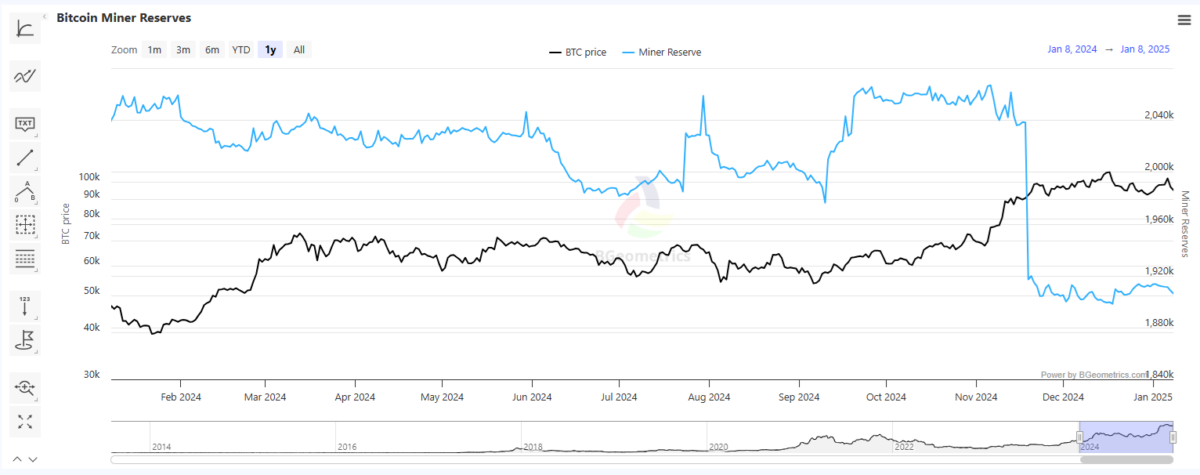Cryptocurrencies have revolutionized the financial world, but with innovation comes the need for regulation. As we move toward 2025, the role of crypto regulations is becoming increasingly pivotal, shaping markets, protecting consumers, and fostering global financial stability. This article explores how regulations are transforming the crypto ecosystem and their implications for the future.
The Current State of Crypto Regulations
The global regulatory landscape for cryptocurrencies remains highly fragmented. Countries have adopted varying approaches, from outright bans in some regions to progressive frameworks in others. Major milestones, such as the adoption of anti-money laundering (AML) measures and consumer protection laws, have begun to stabilize markets and build trust. Initiatives like the Financial Action Task Force (FATF) have encouraged international collaboration, helping to create unified standards for combating illicit activities in the crypto space.
Transformations in the Crypto Ecosystem
Regulations are playing a crucial role in stabilizing the volatile crypto market. By implementing compliance measures, authorities are reducing fraud and creating a safer environment for both individual investors and institutions. Clearer legal frameworks have also encouraged institutional adoption, with major firms integrating crypto assets into their portfolios. Token classifications, which define cryptocurrencies as commodities, securities, or digital assets, are providing clarity on their usage and taxation. Even decentralized finance (DeFi) and non-fungible tokens (NFTs) are adapting to regulatory demands, ensuring long-term growth and legitimacy.
Regional Perspectives on Crypto Regulation in 2025
In the United States, regulators are focusing on stablecoins, decentralized finance platforms, and exchanges, creating a more structured environment for innovation. The European Union has implemented the Markets in Crypto-Assets (MiCA) regulation, establishing clear guidelines for cryptocurrencies and blockchain technology. In the Asia-Pacific region, countries like Japan and Singapore are leading with progressive policies, while China continues to regulate heavily, promoting its central bank digital currency (CBDC). Emerging markets are also embracing crypto regulations to foster economic inclusion, leveraging digital currencies to empower underbanked populations.


Challenges and Controversies in Crypto Regulation
Balancing innovation with compliance remains a significant challenge. While regulations aim to foster trust and security, overly restrictive policies risk stifling innovation and driving businesses to less-regulated regions. Cross-border challenges further complicate the landscape, as countries navigate differing approaches to crypto oversight. Privacy concerns are also at the forefront, with debates about the balance between regulatory transparency and the anonymity of crypto transactions.
The Future of Crypto Regulations and Global Transformations
By 2025, the possibility of unified global standards for crypto regulation could become a reality, fostering greater international cooperation. Increased transparency in the market will build trust, attracting more users and institutional players. The integration of cryptocurrencies with traditional finance is expected to blur the lines between digital and fiat currencies, creating a hybrid financial system. Central bank digital currencies (CBDCs) are likely to play a significant role, influencing regulatory frameworks and encouraging adoption across borders.
Cryptocurrencies are at a crossroads, with regulations acting as both a challenge and an opportunity. Striking a balance between fostering innovation and ensuring security is key to the sustainable growth of the crypto industry. As the world embraces these changes, staying informed about evolving regulations will be crucial for navigating the future of digital finance.
Follow us on Twitter and LinkedIn and join our Telegram channel to get instant updates on breaking news!












